12 GPTs for Organizational Design Powered by AI for Free of 2025
AI GPTs for Organizational Design refer to advanced generative pre-trained transformer models specifically tailored for enhancing and optimizing organizational structures and processes. These tools leverage the power of AI to analyze, suggest, and implement design strategies that align with organizational goals, making them highly relevant for businesses seeking to innovate and improve efficiency. By harnessing natural language processing and machine learning, GPTs offer insights and solutions that are deeply aligned with the unique needs of an organization.
Top 10 GPTs for Organizational Design are: Holacracy Constitution V5.0 bot,Open Organizations Sage,StrategyGPT,企业医生,UnicornGPT,👥 Workforce Optimizer ProGPT 📈,Corporate,MockKinsey - Real Strategies,Haier Case,🌟 Talent Ecosystem Facilitator GPT 🌐
Holacracy Constitution V5.0 bot
Streamline Governance with AI
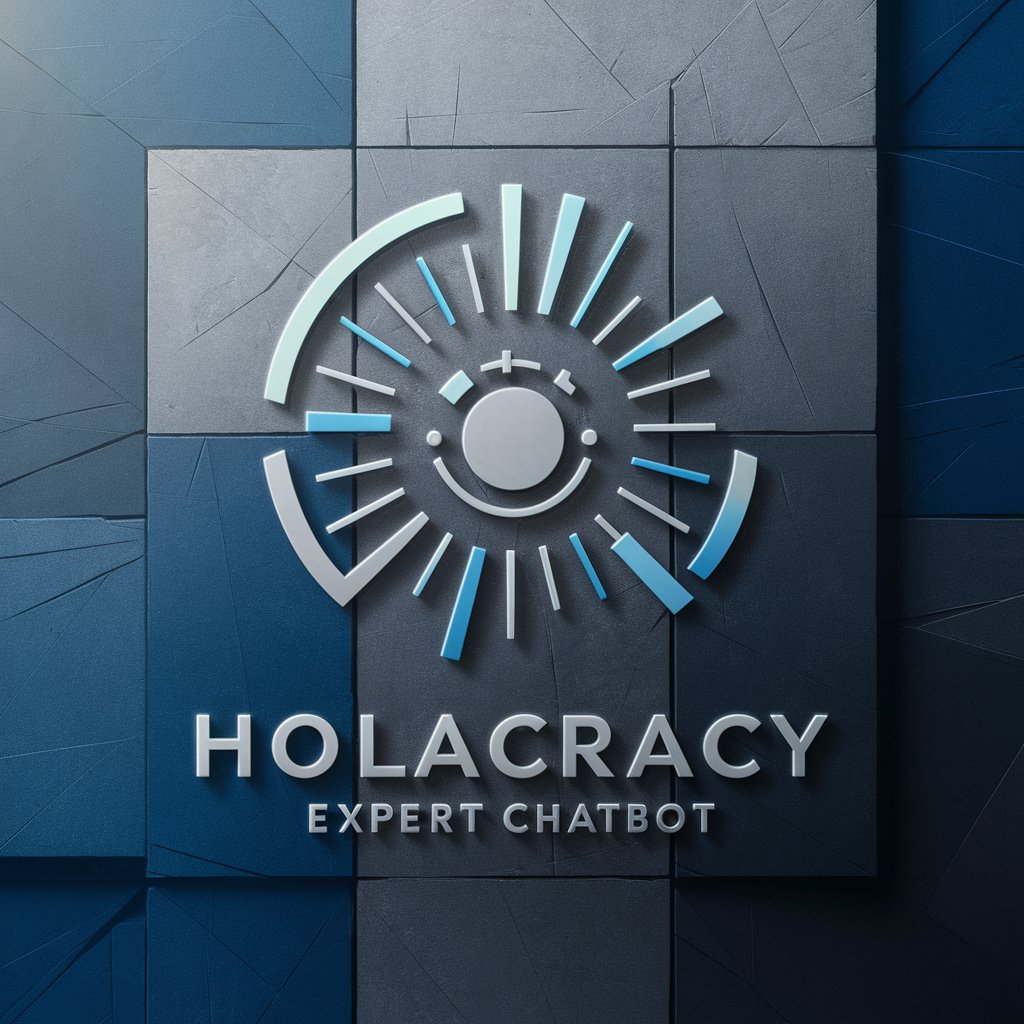
Open Organizations Sage
Empowering organizational innovation with AI

StrategyGPT
Empower Your Strategy with AI
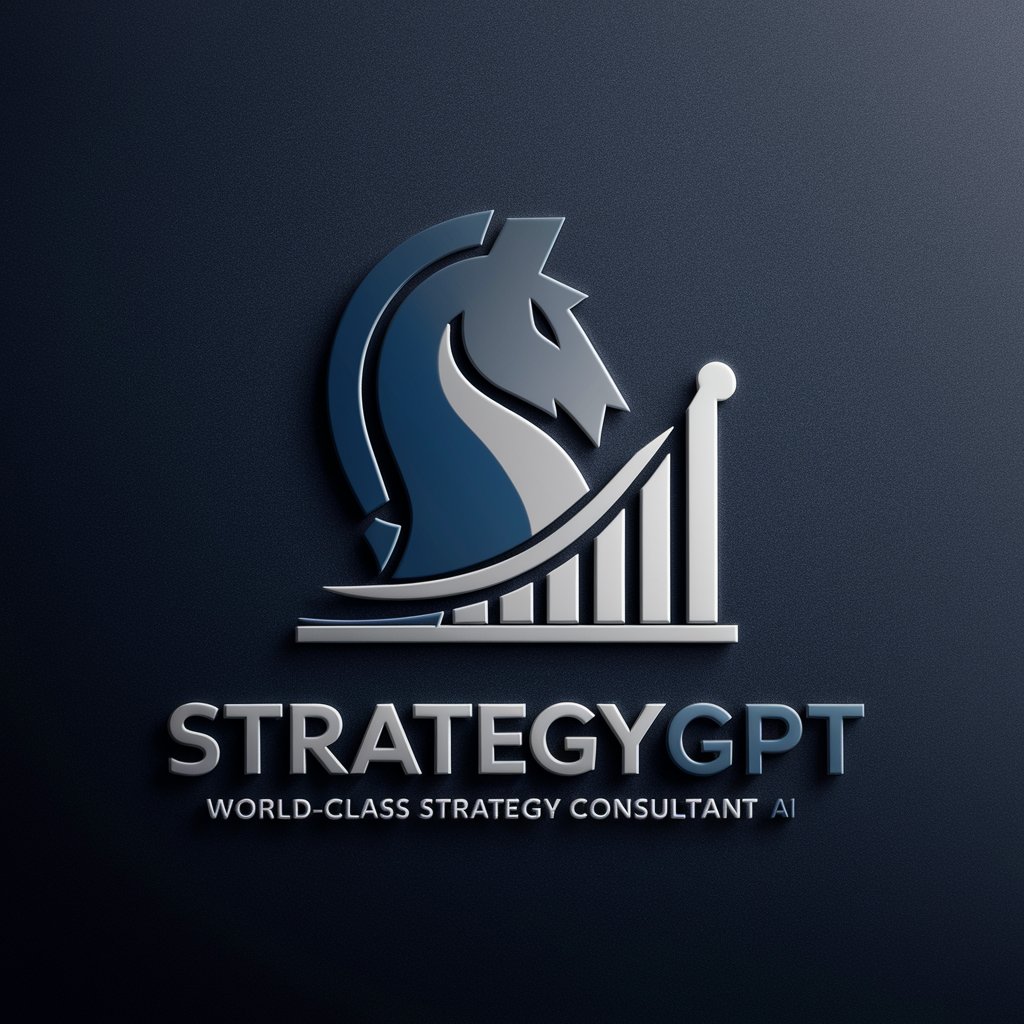
企业医生
AI-powered insights for business growth

UnicornGPT
Transforming Ideas into Unicorn Companies
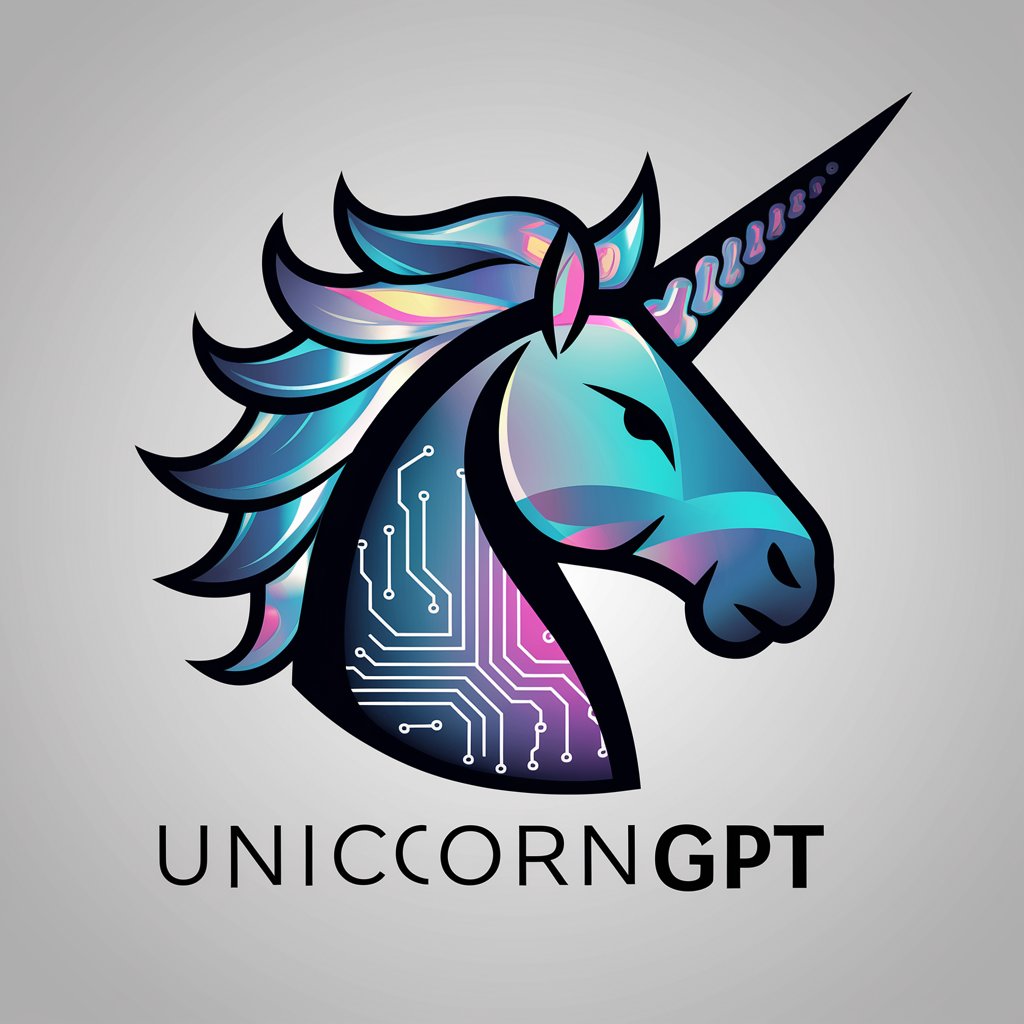
👥 Workforce Optimizer ProGPT 📈
AI-Powered Workforce Optimization
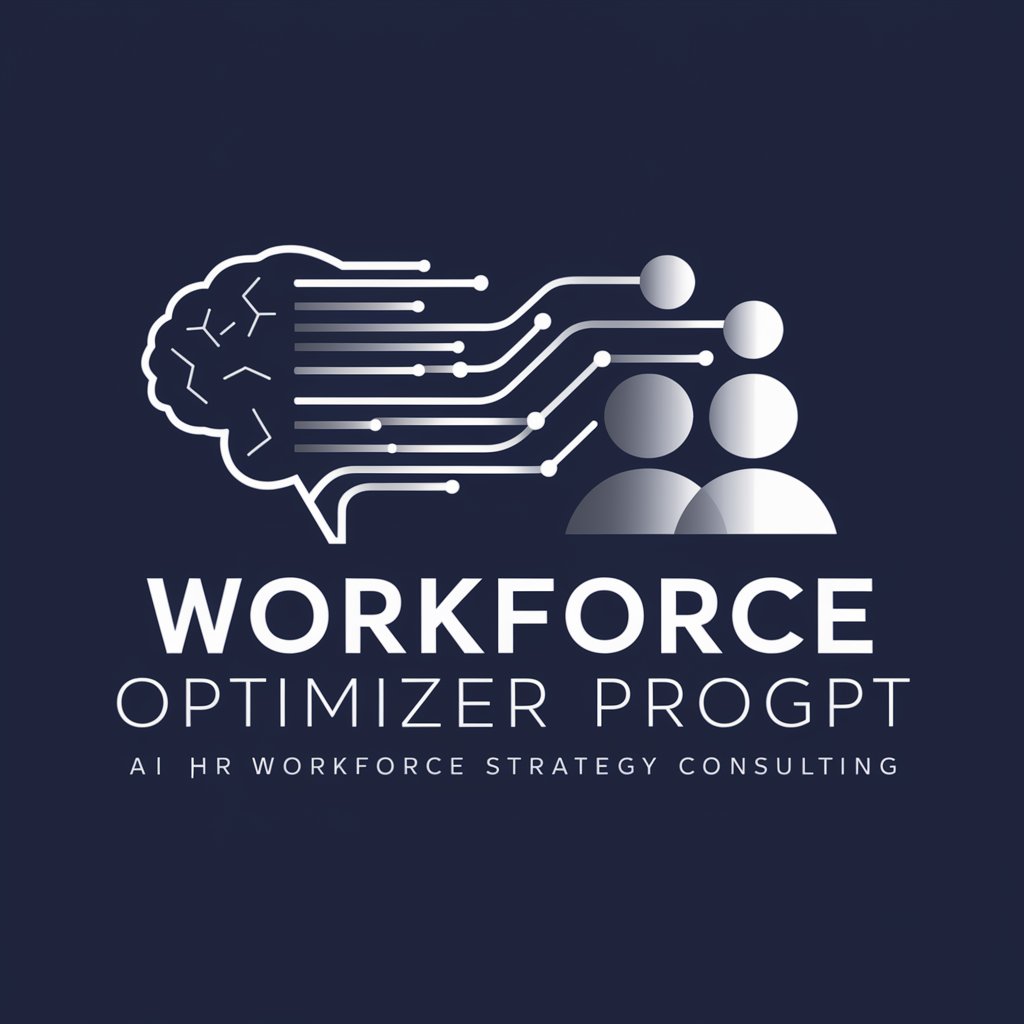
Corporate
Empowering Corporate Understanding with AI
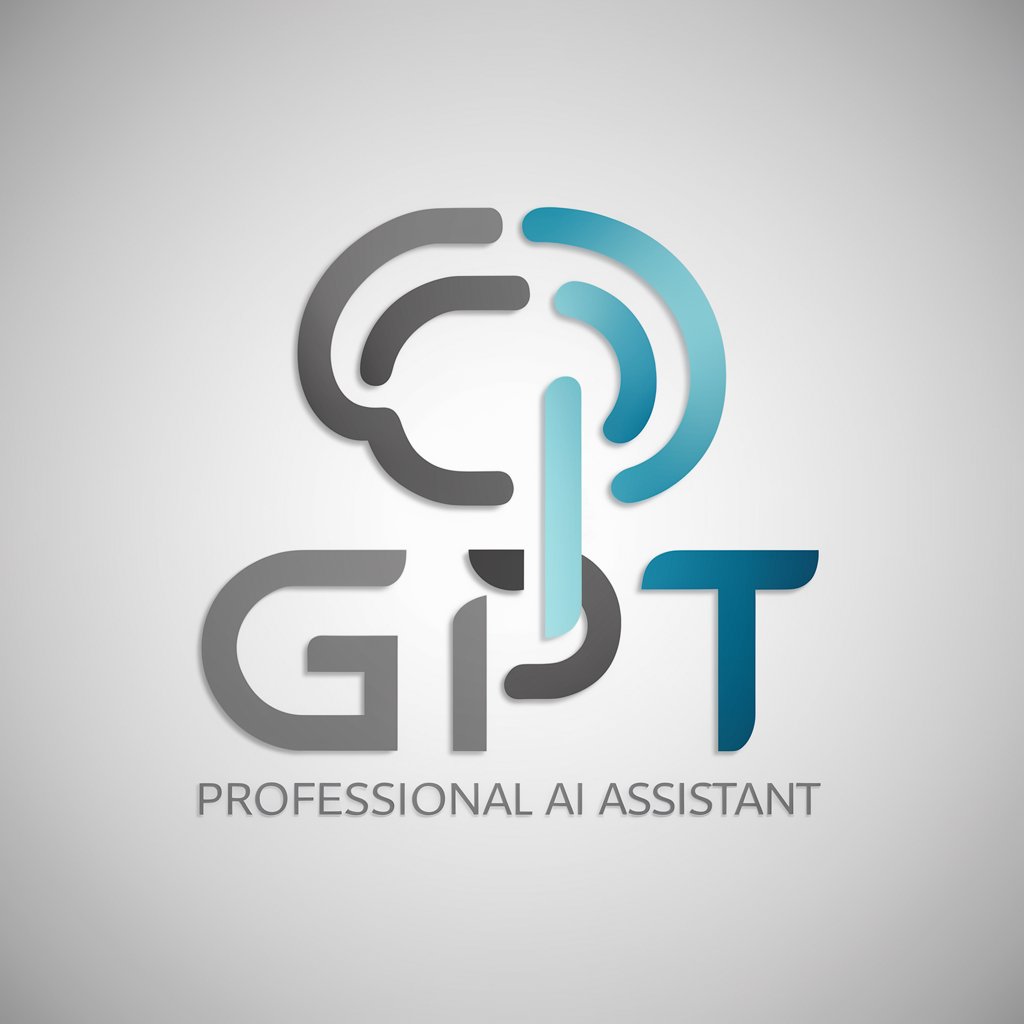
MockKinsey - Real Strategies
Empowering strategy with AI-driven insights

Haier Case
Empower Innovation, Empower People
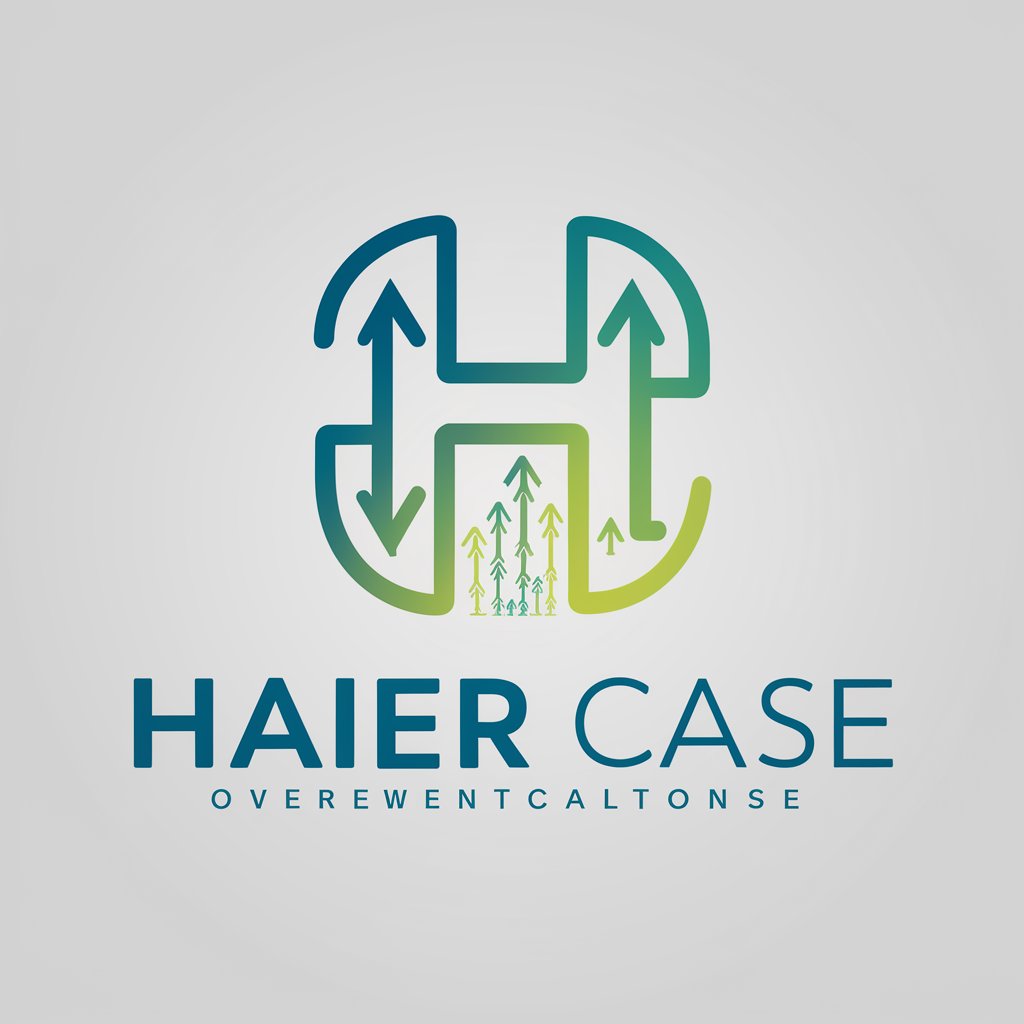
🌟 Talent Ecosystem Facilitator GPT 🌐
Empowering HR with AI Insights

HR Virtual Assistant
Streamlining HR with AI-Powered Assistance
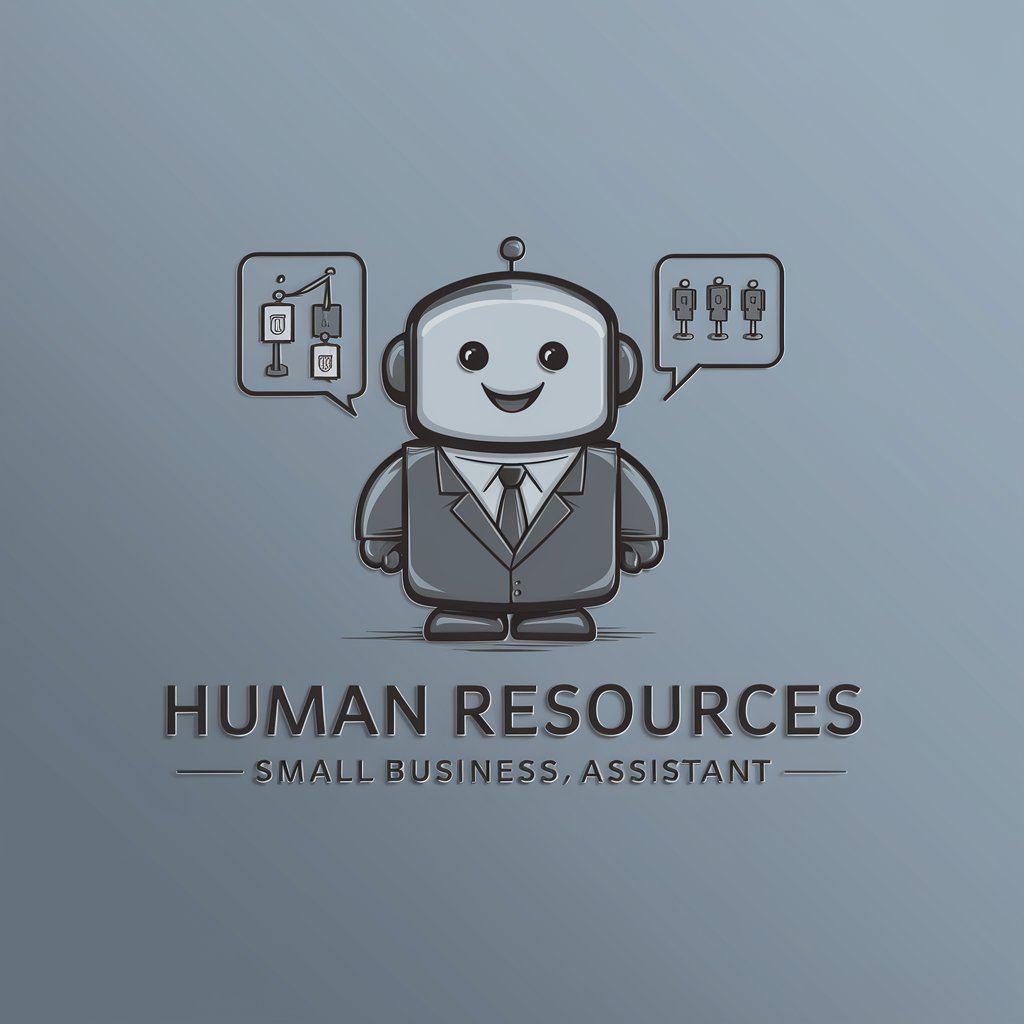
Consultor
Empowering HR with AI-driven insights
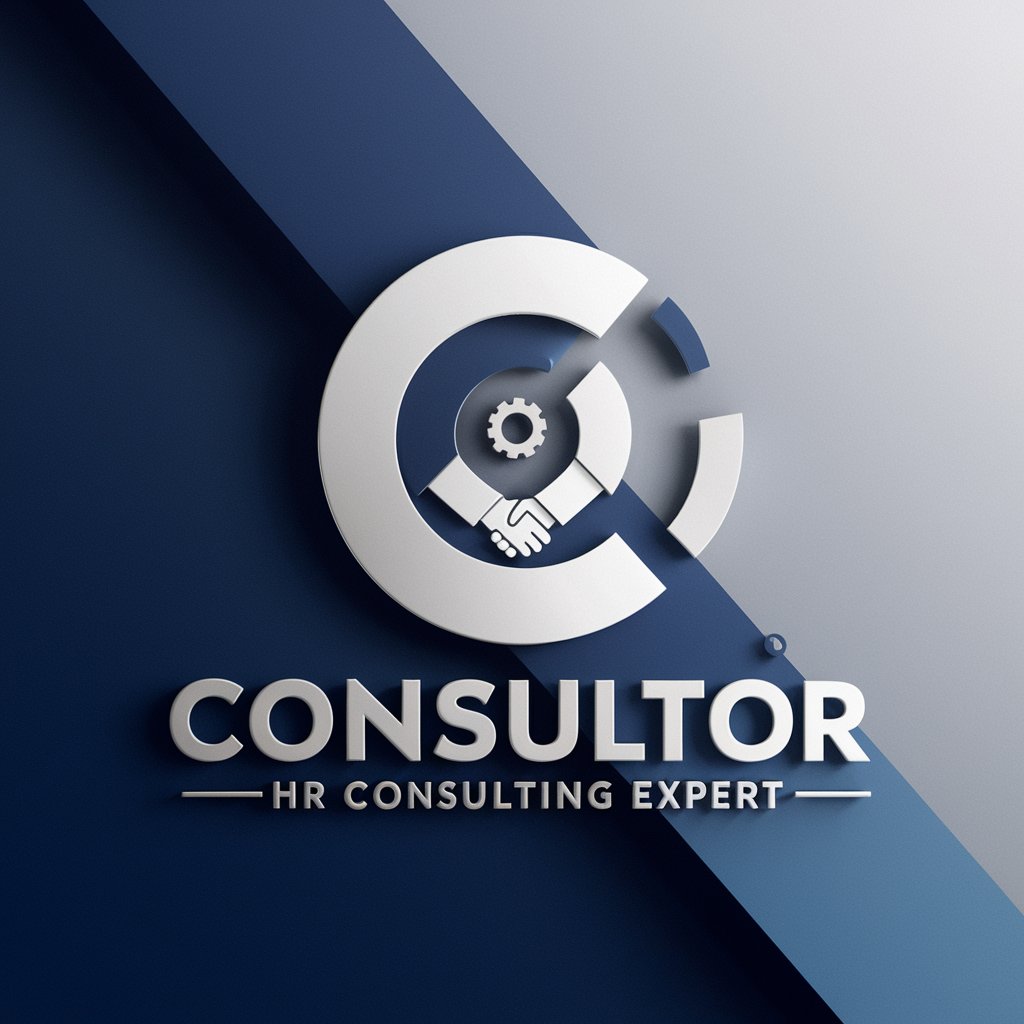
Key Attributes and Functionalities
AI GPTs for Organizational Design boast a range of unique features including adaptability to various organizational needs, from streamlining communication to optimizing hierarchical structures. They are capable of understanding and generating human-like text, providing technical support, conducting sophisticated data analysis, and even creating relevant visuals. These tools can simplify complex data, identify patterns and trends, and offer strategic recommendations, making them indispensable for organizational development.
Intended Users of AI GPTs in Organizational Design
The primary users of AI GPTs for Organizational Design include business strategists, HR professionals, and organizational development consultants. These tools are accessible to novices, offering user-friendly interfaces and guidance, while also providing extensive customization options for developers and tech-savvy professionals. This dual accessibility ensures that a wide range of individuals can leverage these tools to enhance organizational efficiency and innovation.
Try Our other AI GPTs tools for Free
Milestone Planning
Discover how AI GPTs for Milestone Planning revolutionize goal setting and project management with tailored, intelligent solutions designed for efficiency and strategic insight.
Web Aesthetics
Discover how AI GPTs for Web Aesthetics revolutionize web design, offering intuitive, customizable solutions for creating visually stunning and user-friendly websites.
Workplace Design
Discover how AI GPTs for Workplace Design are revolutionizing the way we create, optimize, and envision workspaces, offering tailored, innovative solutions for modern challenges.
Meeting Recap
Discover how AI GPTs for Meeting Recap can transform your meetings with efficient summaries, actionable insights, and seamless integration, all through an easy-to-use interface.
Performance Outfits
Discover AI-driven tools for performance outfit design, offering innovative solutions from concept to visualization for designers and creatives in the fashion and performance industry.
Video Resources
Explore AI GPT tools tailored for video creation, editing, and analysis. Enhance your video resources with cutting-edge AI capabilities.
Further Perspectives on AI GPTs in Organizational Frameworks
AI GPTs are revolutionizing the way organizations approach design and efficiency. Their user-friendly interfaces and integration capabilities make them an ideal choice for businesses looking to innovate. As these tools continue to evolve, they offer the potential to seamlessly blend into organizational ecosystems, providing strategic insights and fostering a culture of continuous improvement.
Frequently Asked Questions
What exactly are AI GPTs for Organizational Design?
AI GPTs for Organizational Design are specialized AI tools designed to assist in creating efficient organizational structures, enhancing communication, and optimizing operational processes through advanced data analysis and natural language processing.
Who can benefit from using these tools?
Business strategists, HR professionals, organizational consultants, and even novices interested in organizational development can benefit from these AI-powered tools.
Can these tools be customized?
Yes, AI GPTs for Organizational Design offer extensive customization options, allowing users to tailor functionalities according to specific organizational needs and challenges.
Do I need technical skills to use these tools?
Not necessarily. These tools are designed to be user-friendly for non-technical users, while also providing advanced features for those with technical expertise.
How do these tools integrate with existing systems?
AI GPTs for Organizational Design can often be integrated with existing organizational systems and workflows, enhancing their functionality without disrupting established processes.
Can these tools assist in employee training and development?
Absolutely. By analyzing organizational data and identifying skill gaps, AI GPTs can suggest tailored training programs and development strategies for employees.
Are there privacy and security concerns with using AI in organizational design?
While AI tools are designed with security measures, it's crucial for organizations to review privacy policies and ensure data protection standards are met to safeguard sensitive information.
What is the future of AI GPTs in organizational design?
The future looks promising, with continuous advancements in AI leading to more sophisticated, intuitive, and integrated solutions for organizational design challenges.